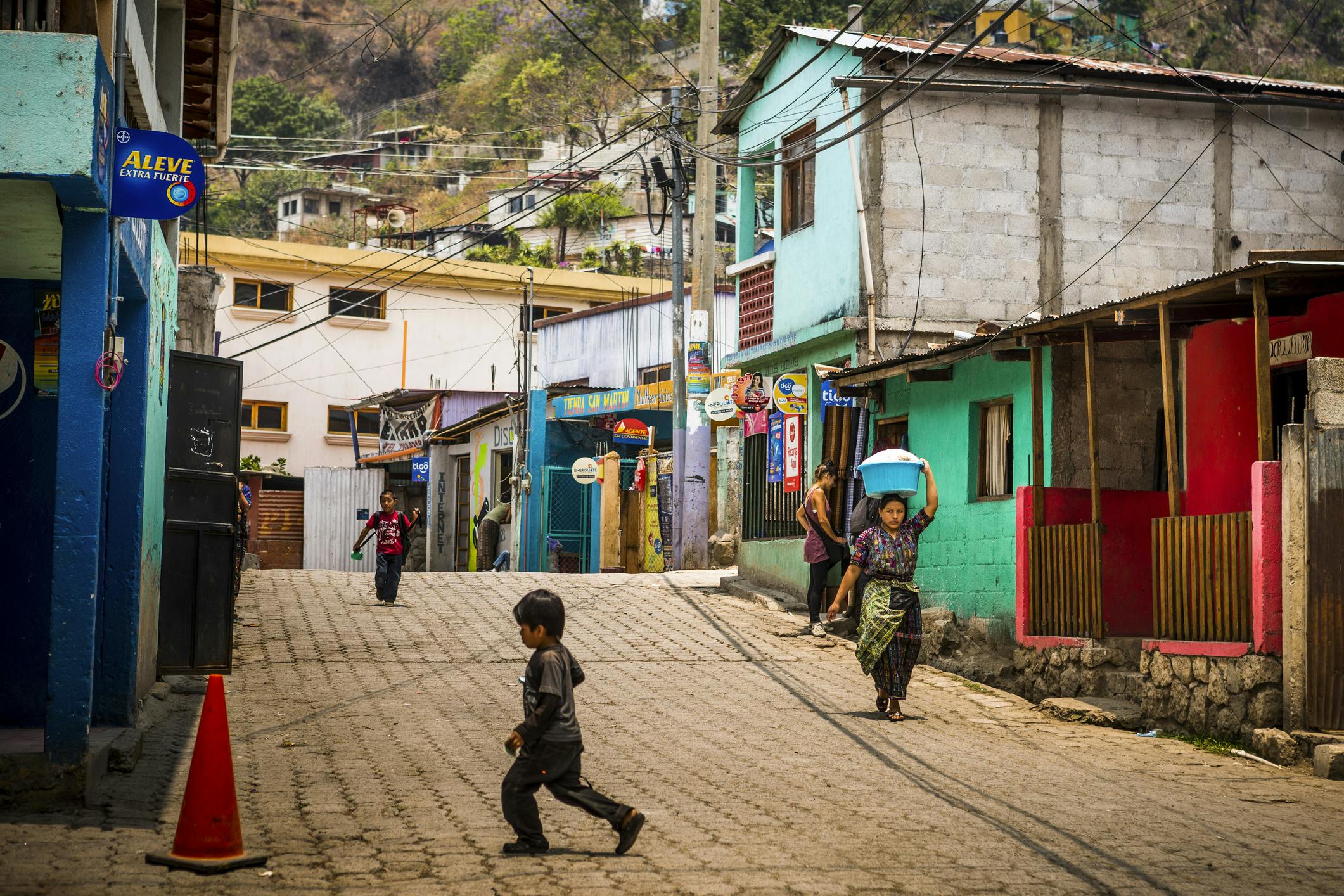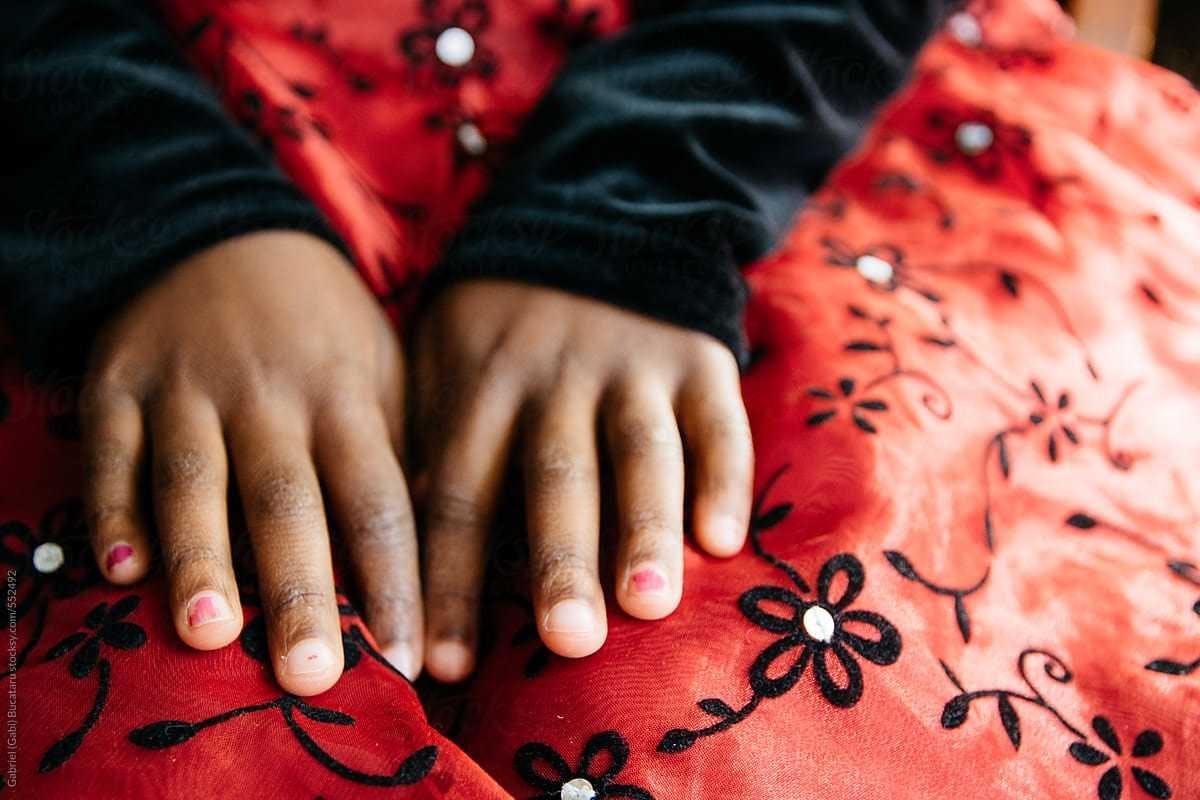
Prevalence of sexual, physical and emotional violence

To solve a problem, we must first understand it. The Violence Against Children and Youth Surveys (VACS) are nationally representative household surveys of adolescents and young people (ages 13 to 24) that generate a wide range of groundbreaking information about violence in childhood and young adulthood. To date, 26 VACS surveys have been completed in Sub-Saharan Africa, South East Asia, and Latin America and the Caribbean.
The surveys measure the prevalence and circumstances surrounding sexual, physical and emotional violence in childhood and young adulthood (before age 24). They provide important data on demographics and education, risk factors, protective factors, and consequences of violence as well as access to services for survivors.
The VACS are led by national governments, with technical assistance from the Centers for Disease Control and Prevention (CDC), as part of the Together for Girls (TfG) partnership. The United States President's Emergency Plan for AIDS Relief (PEPFAR) is a critical funder.

Additionally, the surveys provide data on 20% of the world’s youth under 24 living in lower-income countries, where data is often severely lacking.
VACS results are published in national reports, used in the development of national action plans and policies, and guide effective programs and policies.

Prevalence of sexual, physical and emotional violence

Context of violence, including location and perpetrator

Demographics, socioeconomic status, education

Gender attitudes, including those related to violence

Witnessing family and community violence

Perpetration of physical and sexual violence

Health risk behaviors—including HIV risk behaviors

Health outcomes—including physical, mental, sexual and reproductive health outcomes (e.g. pregnancy)

Disclosure, service seeking and utilization after experiencing violence
At the country level, the implementation of the VACS is led by the national government, with CDC providing technical support. This approach embeds the VACS in national structures in order to enable ownership, build capacity, and lay the groundwork for a comprehensive response once the data become available. See VACS process paper for in-depth information.
Together for Girls partners (in addition to CDC) and other key stakeholders play a critical role, including:
Civil society partners play a key role in the coordination and response of the VACS process.
UNICEF is invaluable in supporting the task force to coordinate the response efforts, ensuring wide participation across sectors and facilitating the transition to action when the surveys are completed.
PEPFAR, the Government of Canada, and the U.S. Agency for International Development (USAID) make critical financial and technical contributions to implementing the VACS.
Other partners, such as UNAIDS, UNFPA, UN Special Representative of the Secretary-General on Violence Against Children, UN Women, the World Health Organization (WHO) and the Pan American Health Organization (PAHO), provide important technical contributions to the VACS and to the ensuing response at the country level.
The surveys include a randomly selected, representative subset of 13-24 year olds, providing estimates of violence by age group, sex and other demographic factors. All data are collected through in-person interviews with trained interviewers. For more information about the study design, see sampling design and methodology of the Violence Against Children and Youth Surveys.
The VACS adheres to globally established ethics and safety protocols—with typically two levels of ethics reviews: the U.S. CDC Institutional Review Board and the in-country ethics body.
Data collection for the VACS takes approximately 4–6 weeks in each country. Male interviewers conduct interviews with male participants and female interviewers conduct interviews with female participants.
Due to the sensitive nature of the questions in the surveys, and possible strong emotional response or current risk, all countries develop a referral plan and resource list that allows interviewers to link participants to support and services.